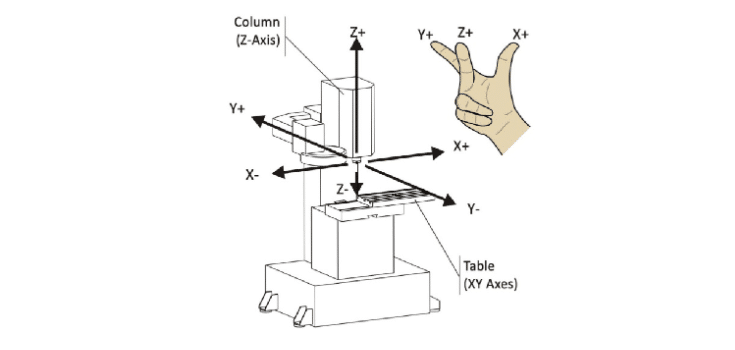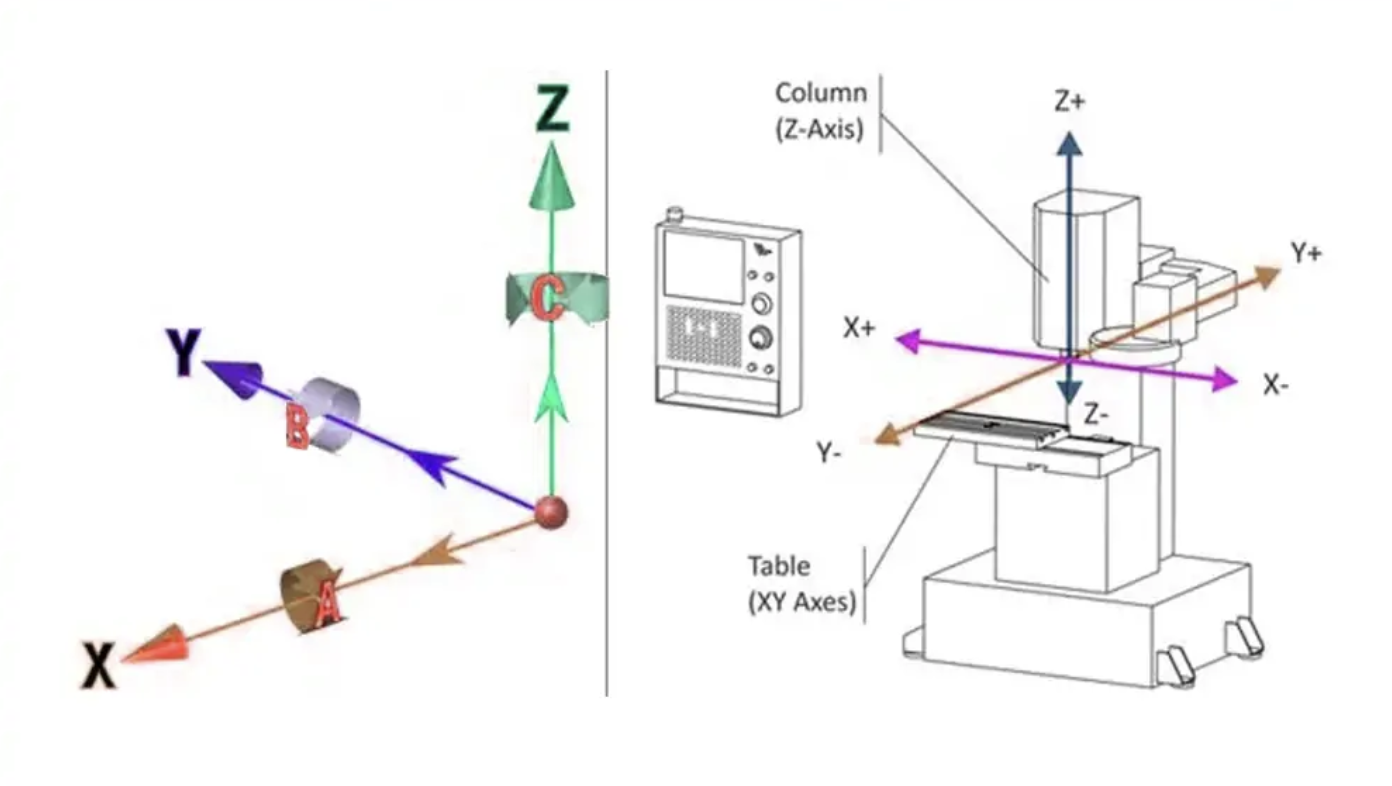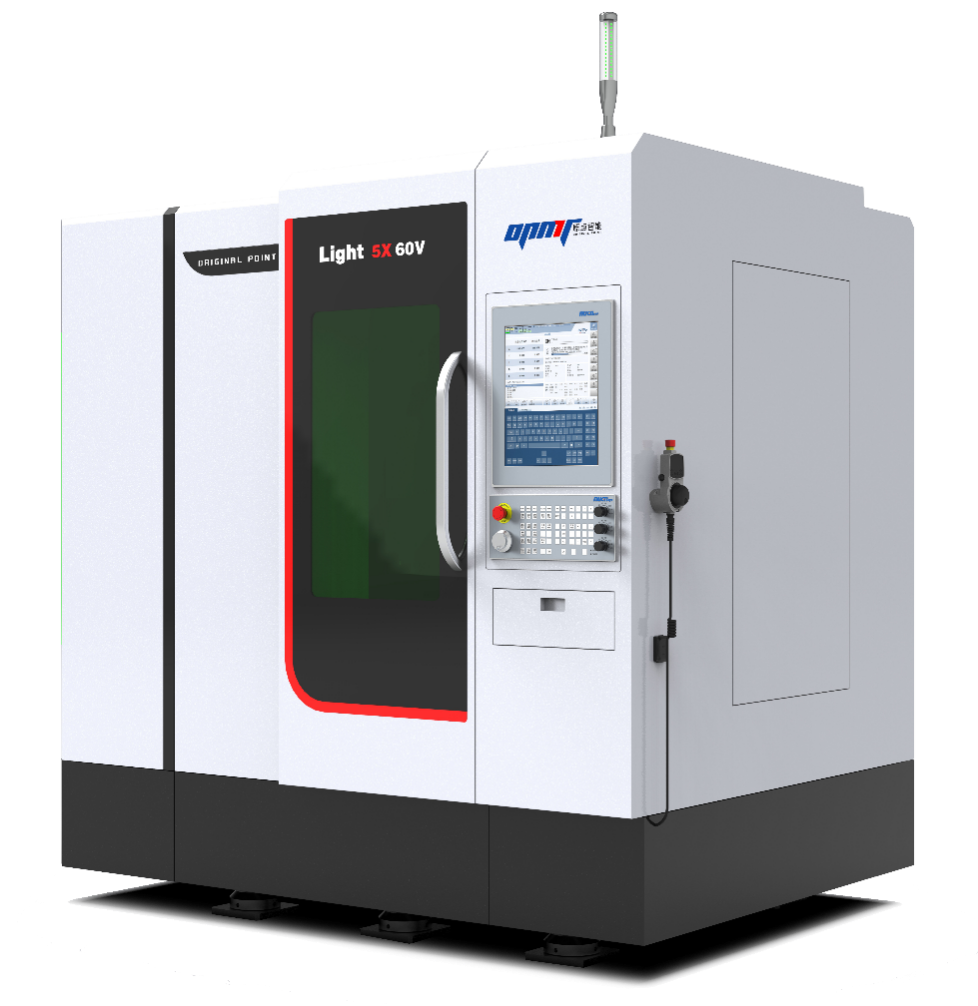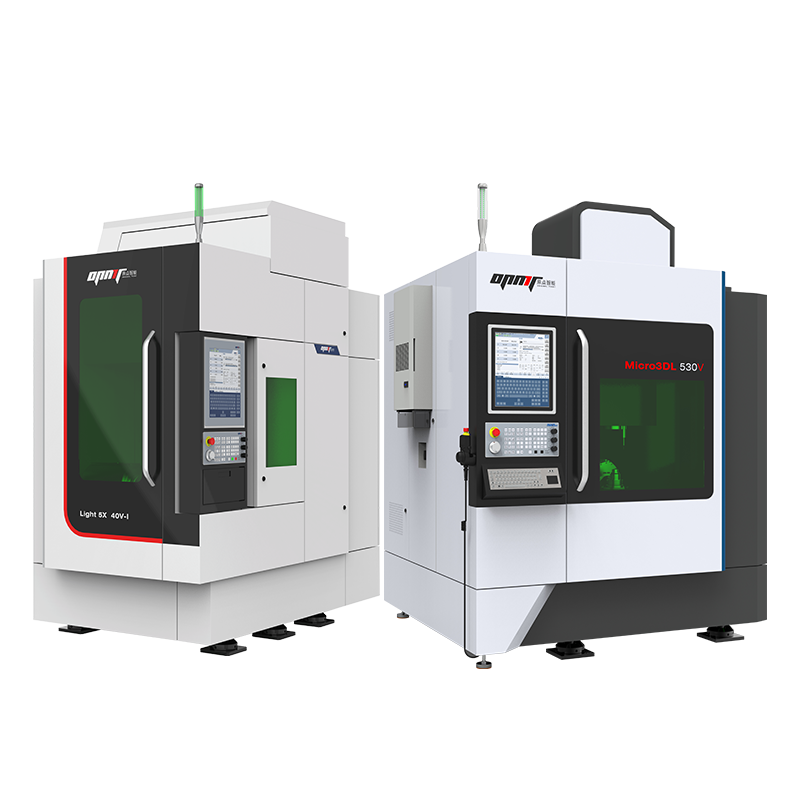Schedule a Visit
Regardless of whether you require general advice or specific support, we are happy to help you.
Regardless of whether you require general advice or specific support, we are happy to help you.
All News
Share
Computer Numerical Control (CNC) machining has revolutionized manufacturing, offering precision and cost-effectiveness for creating high-quality parts. As we approach 2025, the choice between 3-axis and 5-axis CNC machines becomes increasingly crucial for manufacturers seeking to optimize their production processes.
3-axis CNC machining is a computer-controlled manufacturing process that uses cutting tools to shape materials along three axes: X (left-right), Y (front-back), and Z (up-down). This versatile method is widely used in industries like aerospace, automotive, and mold-making for creating precise parts and components.

3-axis CNC machining is a precise manufacturing process that creates complex parts through computer-controlled movement along three linear axes. Here’s a concise breakdown of the process:
Digital Design Creation
Machine Code Generation
Workpiece and Tool Setup
Automated Material Removal
Quality Inspection
The CNC machine’s cutting tool moves relative to the stationary workpiece, removing material with high accuracy. This computer-guided process ensures exceptional precision and repeatability, making it ideal for producing intricate components across various industries.
3-axis CNC machining delivers exceptional accuracy in part production. The automated process significantly reduces manual labor, minimizing errors and boosting productivity. This precision ensures consistent quality across multiple parts, making it ideal for industries requiring exacting standards.
Compared to more complex CNC systems, 3-axis machines offer a lower initial investment and reduced maintenance costs. This makes them an economical choice for small to medium-sized businesses, allowing for competitive pricing without compromising quality.
3-axis CNC machines excel in working with a wide range of materials, including metals, plastics, and composites. This versatility enables manufacturers to create diverse products using a single machine, adapting to various industry needs.
The straightforward nature of 3-axis machining makes it easier to program and operate compared to more complex systems. This simplicity reduces setup time and training requirements, allowing for faster project turnaround and increased overall efficiency.
3-axis machining is particularly well-suited for creating flat or slightly curved surfaces, making it perfect for components like brackets, gears, and control panels. Industries such as aerospace, automotive, and electronics benefit from its ability to produce precise, functional parts.
By 2025, advancements in 3-axis CNC technology are expected to further enhance these advantages, with improved spindle technology and control systems leading to even higher levels of precision and efficiency.
3-axis CNC machining is widely used across multiple industries for producing precision components. Here are the main applications:
Each industry benefits from the precision, repeatability, and efficiency of 3-axis CNC machining, enabling the production of complex parts with tight tolerances.
| Industry | Common Applications | Key Benefits |
|---|---|---|
| Automotive | Engine blocks, cylinder heads | High precision, mass production |
| Aerospace | Wing components, fuselage parts | Lightweight materials, complex geometries |
| Medical | Orthopedic implants, dental devices | Biocompatible materials, customization |
| Electronics | Smartphone casings, circuit boards | Fine details, high volume production |
| Manufacturing | Injection molds, stamping dies | Durability, complex tooling |
| Prototyping | Concept models, functional prototypes | Quick turnaround, design iteration |
While 3-axis CNC machining is highly versatile, it does have some limitations:
For parts requiring more complex machining, 4-axis or 5-axis CNC machines may be necessary.
To maximize the efficiency and quality of 3-axis CNC machining:
By implementing these strategies, manufacturers can achieve higher productivity, improved part quality, and reduced machining costs.
5-axis CNC machining is an advanced manufacturing technique that utilizes a cutting tool moving in five directions:
This method allows operators to approach a workpiece from multiple angles in a single setup, eliminating the need for manual repositioning.

5-axis CNC machining offers several advantages over traditional 3-axis methods:

In continuous 5-axis machining, the cutting tool and workpiece move simultaneously along all five axes. This approach:
Also known as indexed 5-axis machining, this method:
5-axis CNC machining is crucial in several high-precision industries:
To maximize the benefits of 5-axis machining:
By leveraging these advanced capabilities, manufacturers can stay competitive in industries demanding high-precision, complex parts with shorter lead times.
CNC machining has revolutionized manufacturing, offering precision and efficiency across industries. But how do 3-axis and 5-axis CNC machines compare? Let’s explore their unique capabilities and ideal use cases.

3-axis CNC machines operate along the X, Y, and Z axes, allowing for linear movement in three directions. This configuration is well-suited for creating parts with flat surfaces and simple geometries. In contrast, 5-axis machines add two rotational axes (A and B) to the mix, enabling the cutting tool to approach the workpiece from multiple angles.
While 3-axis machines excel at simpler cuts, 5-axis CNC machining offers superior efficiency for complex parts. How does this translate to real-world applications? Consider aerospace components:
5-axis machines can complete intricate parts in a single setup, reducing production time and improving accuracy.
Budget-conscious manufacturers often lean towards 3-axis machines due to their lower initial investment and operational costs. However, for businesses regularly producing complex parts, the increased efficiency of 5-axis machining can offset the higher upfront costs over time.
| Factor | 3-Axis | 5-Axis |
|---|---|---|
| Initial Cost | $25,000 – $50,000 | $80,000 – $500,000+ |
| Operational Complexity | Lower | Higher |
| Part Complexity | Simple to Moderate | Complex |
| Setup Time | Longer for complex parts | Shorter overall |
Both 3-axis and 5-axis machines can achieve high precision, but 5-axis machines often excel in creating smooth surface finishes on complex geometries. This is particularly valuable in industries like medical device manufacturing, where implants require exceptional surface quality.
Which industries benefit most from each type of CNC machine?
The choice between 3-axis and 5-axis CNC machining ultimately depends on the complexity of parts, production volume, and budget constraints.
As we look towards 2025, the CNC machining landscape continues to evolve. Key trends include:
These advancements are making both 3-axis and 5-axis CNC machining more efficient and accessible to a wider range of manufacturers.
Still unsure about choosing between a 5-axis and 3-axis CNC machine for your 2025 projects? OPMT Laser’s expert team can guide you through your CNC machining options, ensuring you select the ideal process for your specific needs. As a leading CNC machining partner, OPMT Laser offers cutting-edge capabilities with advanced router-, lathe-, drill-, and mill-based equipment. Contact OPMT Laser today to elevate your manufacturing precision and efficiency.

Discover OPMT Laser’s ISO 9001-certified femtosecond-pulse CNC systems with sub-300 fs precision, ±0.003 mm tolerance, and AI-driven process control. Learn how top ultrafast-laser partnerships deliver 95% first-pass yields and < 12-month ROI in medical and microfabrication.

Guangdong Original Point Intelligent Technology Co., Ltd. (Original Point Intelligent), established in 2015, is a National Specialized and Innovative “Little Giant” Enterprise and National Intellectual Property Advantage Enterprise. The company

Light 5X 40V-I PCD 5-Axis Laser Machining Solution, premiering at EMO Hannover 2025! Date: 22-26 September 2025Venue: Messegelände, 30521 ,Hannover, Germany | Stand: Hall 4, E08 Following three years of intensive collaborative R&D, OPMT

Comprehensive 2025 guide to selecting the best 5-axis CNC machine. Technical specifications, ROI analysis, and expert recommendations for industrial applications.
